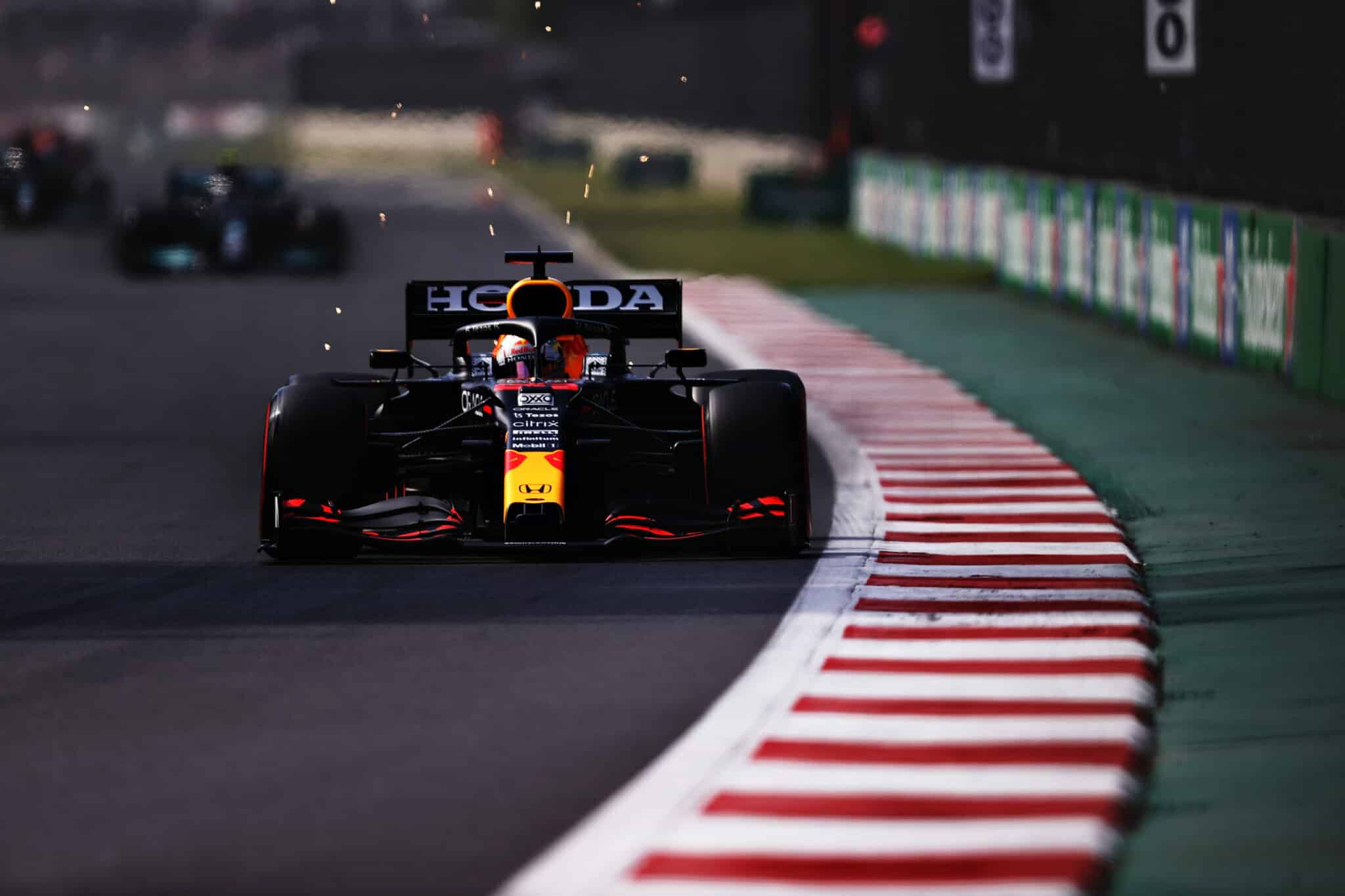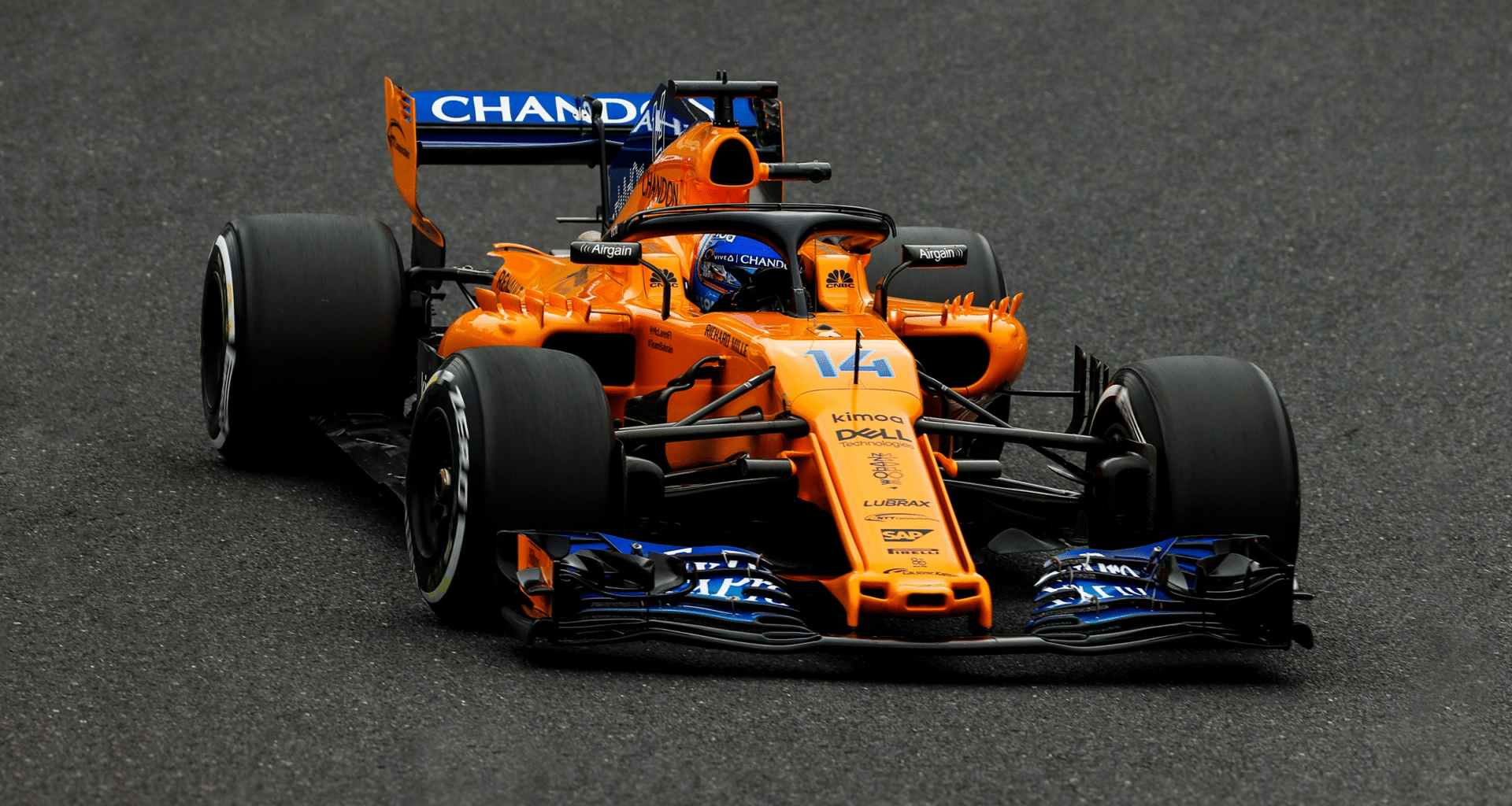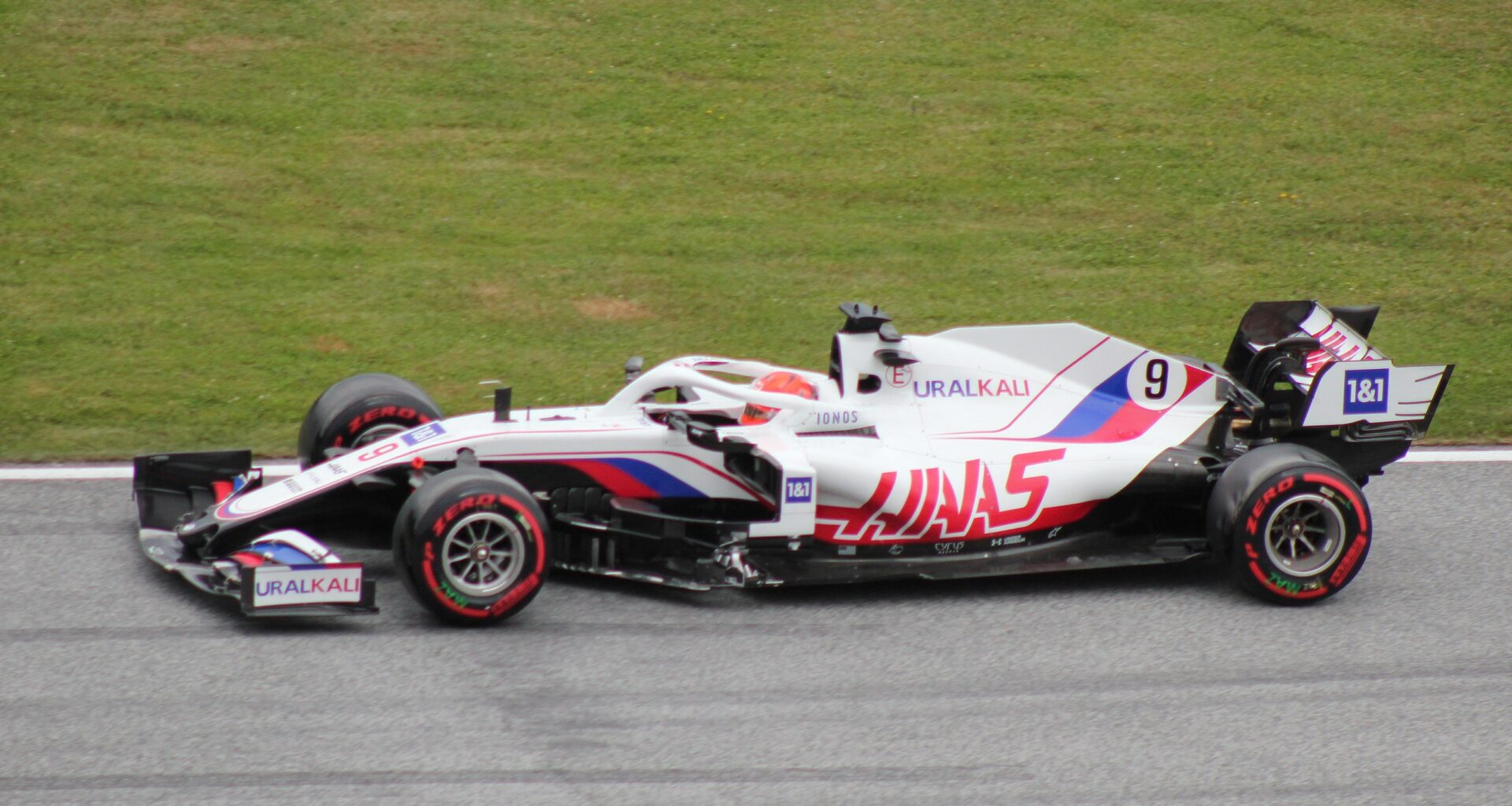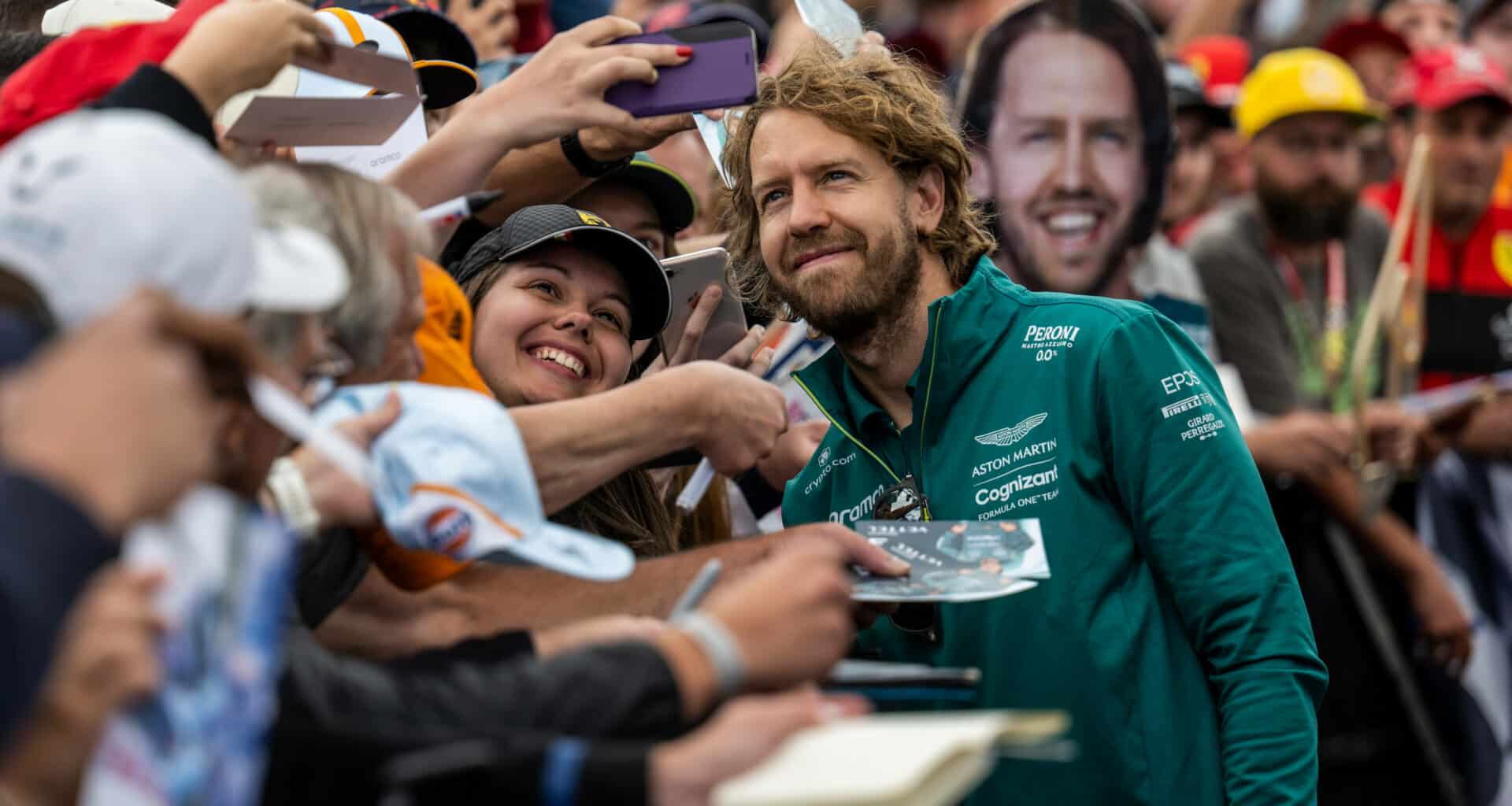In Formula 1 , “dirty air” refers to the disturbed and turbulent airflow left behind a leading car, negatively impacting the aerodynamic performance of a following car. This phenomenon occurs predominantly in corners where cars are in a grip-limited condition. The lead car disrupts the airflow, creating an area of low total pressure behind it, which reduces the downforce and grip for the following car.
Table of Contents
Effects of Dirty Air:
- Reduced Downforce: The disturbed airflow affects the aerodynamic surfaces of the following car, leading to a decrease in downforce and grip levels, making cornering more challenging
- Aero Balance Disruption: Dirty air can alter the aero balance of the car, affecting how it handles through corners. This change in balance can unsettle the driver and impact performance
- Cooling Issues: Following cars experience overheating due to disrupted airflow affecting cooling systems like radiators and brake ducts. This can force drivers to back off to manage temperatures effectively
Comparison with Slipstream:
- Slipstreaming: In contrast to dirty air, slipstreaming occurs on straights when a following car benefits from reduced air resistance due to the low-pressure zone created by the lead car. This allows for faster speeds and easier overtaking opportunities
- Cornering vs. Straights: While slipstreaming is advantageous on straights, it poses challenges during cornering due to reduced downforce and grip levels for the following car
F1 Regulations:
- 2022 Changes: Formula 1 introduced rule changes in 2022 to address the impact of dirty air by redesigning cars to reduce its effects and enable closer racing by minimizing turbulence around corners
- Future Tweaks: Further adjustments are planned for 2025 to tackle dirty air issues by enhancing aerodynamic structures behind cars to reduce turbulence for following vehicles. These changes aim to improve racing dynamics without expecting drastic transformations
Defining ‘Dirty Air’ in F1 Terms
Dirty air refers to the turbulent airflow that is generated when an F1 car travels at high speeds. This turbulence can negatively affect the aerodynamic performance of a following car, making it more difficult for drivers to maintain control and stay close to the car in front.
The effects can be particularly pronounced in corners, where drivers need maximum downforce and grip to maintain their speed and line. In these situations, dirty air can cause a change in aero balance, affecting the driver’s confidence and performance.
In addition to affecting aerodynamic performance, it can also impact cooling systems. The lower total pressure in dirty air conditions can affect engine and brake cooling, potentially leading to overheating and other issues.

Causes of Dirty Air in F1 Racing
The primary cause is the complex aerodynamics of the cars themselves. F1 teams invest significant resources into optimizing their cars’ aerodynamics to maximize downforce and reduce drag. However, this optimization can also create turbulent airflow that affects following cars.
One of the main contributors to dirty air is the cars’ open-wheel design. This design creates turbulent tire wakes that can significantly impact the aerodynamics of a following car. In addition, the aerodynamic elements on the cars, such as wings and bargeboards, can also generate turbulence.
Finally, the proximity of the cars to each other can also play a role in the creation of dirty air. When cars are traveling at high speeds and in close proximity, the turbulent air generated by one car can quickly affect the performance of another.
Impact of Dirty Air on F1 Car Performance
The impact on the F1 car performance can be significant. When a car is traveling in dirty air, it can lose up to 50% of its downforce, leading to slower lap times and reduced grip. This loss of downforce can also make the car more difficult to control, leading to driver fatigue and increased risk of accidents.
In addition to affecting aerodynamic performance, it can also impact cooling systems. The lower total pressure in dirty air conditions can reduce the effectiveness of engine and brake cooling, potentially leading to overheating and other issues.
Finally, dirty air can also affect the driver’s visibility. The turbulent air generated by the lead car can create a “wall” of air that makes it difficult for the following driver to see the track ahead, further complicating the challenge of driving.
Turbulent Wake: A Closer Look
To better understand the causes and consequences of dirty air in F1 racing, it’s helpful to take a closer look at the phenomenon of turbulent wake. Turbulent wake is the chaotic airflow that is generated when an object, such as an F1 car, moves through the air.
This chaotic airflow can have a significant impact on the performance of a following car. When a car is traveling in the turbulent wake of another car, it can experience a loss of downforce, reduced grip, and increased drag. These effects can make it more difficult for the driver to maintain control and stay close to the car in front.
In addition to affecting aerodynamic performance, turbulent wake can also impact engine and brake cooling. The lower total pressure in turbulent wake conditions can reduce the effectiveness of cooling systems, potentially leading to overheating and other issues.
Mitigating Dirty Air Effects: Strategies for F1 Teams
To mitigate the effects of dirty air in F1 racing, teams can employ a variety of strategies. One approach is to focus on aerodynamic design, using computer simulations and wind tunnel testing to optimize the cars’ aerodynamics for reduced turbulence and improved performance .
Another approach is to use strategic driving techniques, such as slipstreaming and positioning the car in clean air whenever possible. Drivers can also adjust their driving style to compensate for the loss of downforce and grip , using techniques such as trail braking and progressive throttle application to maintain control.
Finally, teams can also work to improve their cars’ cooling systems, using advanced materials and design techniques to maximize cooling performance.
The Role of Aerodynamics
Aerodynamics play a critical role in managing dirty air in F1 racing. By optimizing the cars’ aerodynamics for reduced turbulence and improved performance in , teams can mitigate the effects and improve their cars’ overall performance.
One key area of focus is the design of the front wing. The front wing is particularly susceptible to the effects of dirty air, as it is designed to operate in clean air conditions. By optimizing the front wing for reduced turbulence and improved performance , teams can improve their cars’ overall aerodynamic performance.
Another area of focus is the design of the rear wing. The rear wing is designed to operate in the upwash generated by the front wing, which can help to reduce the impact on the car’s aerodynamics. By optimizing the rear wing for improved performance, teams can further mitigate the effects and improve their cars’ overall performance.
Future Innovations
As F1 racing continues to evolve, teams are constantly looking for new ways to overcome the challenges posed by dirty air. One potential approach is to use advanced sensors and data analytics to better understand the effects on car performance and develop targeted strategies for mitigating its impact.
Another potential approach is to use active aerodynamics, such as movable wings and flaps, to adjust the cars’ aerodynamics in real-time to compensate. This technology is still in its early stages of development, but it has the potential to revolutionize the way teams approach this problem.
Finally, the FIA is also exploring new aerodynamic regulations for the future, with the goal of reducing turbulent air wakes and allowing closer following and overtaking in corners.





